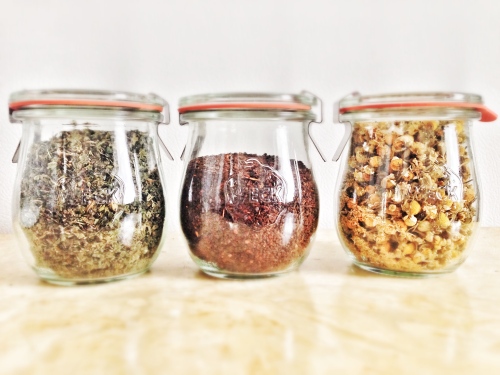Inspiration at Remick History Museum
When some friends invited me along to a Harvest Festival at the Remick Museum in Tamworth, NH last weekend I jumped at the chance to visit a quaint, still-functioning farm in my “home-sphere” of New Hampshire. I grew even more psyched when I read about the herb garden at the farm and history of the homestead as the residence of a country doctor who served his community in the mid-19th century using primarily herbal medicine to treat the ills of the village and surrounding areas.
Ever since I arrived back in the Shire in mid-July I’ve been oh-so inspired by the plant life of my native biosphere. It feels like a whole new world has opened up to me; plants and weeds along the roadside that I never paid any heed to are suddenly recognizable friends. Mullein, in particular, has caught my attention, and I even had cause to use it upon my return as Abbey had a badly (really badly) sprained ankle. Alongside a Solomon’s Seal infusion taken several times a day, and an Arnica and St. John’s Wort infused oil applied topically, a fresh Mullein leaf wrapped around the affected ankle brought  down the swelling significantly in just 24 hours. With repeated application, alongside physical therapy, the injury healed with relative rapidity. But it was the Mullein plant that kept popping out at me, showing up even in the most unexpected and surprising of places, even in the form of a mural on the side of a Portland, Maine building, that astonished me. I couldn’t escape the plant for a few weeks there, evidently when it was really needed to aid my friend who was in tremendous pain. What’s funnier still is that I can’t necessarily find a logical reason why the Mullein would help her sprain the way it did; there does not seem to be a particular constituent in Mullein that makes it stand out as an anti-inflammatory or tendon-mender – but it was soothing and worked like a charm nonetheless.
down the swelling significantly in just 24 hours. With repeated application, alongside physical therapy, the injury healed with relative rapidity. But it was the Mullein plant that kept popping out at me, showing up even in the most unexpected and surprising of places, even in the form of a mural on the side of a Portland, Maine building, that astonished me. I couldn’t escape the plant for a few weeks there, evidently when it was really needed to aid my friend who was in tremendous pain. What’s funnier still is that I can’t necessarily find a logical reason why the Mullein would help her sprain the way it did; there does not seem to be a particular constituent in Mullein that makes it stand out as an anti-inflammatory or tendon-mender – but it was soothing and worked like a charm nonetheless.
Anyhow, herbal inspiration has abounded since my return home, but with working full-time and the super exciting Inglenook project well underway, I’ll admit that my herbal studies have been on the back burner in a pretty big way. That is until the Harvest Festival last weekend.
To see dozens of plants and herbs that I’ve either only seen in books or growing in Charleston thriving in my homeland was profoundly exciting and moving to me. Being in Charleston for my herbal introduction, the fact that plants and herbs tend to thrive there seems no surprise – it’s warm and humid and a decidedly lush part of the world. But to see Arnica, Lavender, Sage, Lemon Balm, Chamomile, Borage and many, many other wonderful herbs loving life in the harsher and lately, early-frost temperatures of New England warmed my heart.
Of course I knew intellectually that most of the herbs I learned of grow just fine up here in Zone 5A; after all, master herbalist Rosemary Gladstar is just a few hours west in Barre, Vermont, and she grows all manner of traditional herbs. And of course, the climate of New England is not all that different from much of Western Europe, where many of these herbs’ medicinal attributes were first discovered (in the European tradition). Ok, so I “knew” all that… but I was still blown away by seeing all these allies in the flesh, so to speak, in my home environment.
And even better, I spoke at length with one of the herbalists at the farm and they have a whole series of fall and early-winter herbal classes going on that I’m totally going to get involved in. In mid-October there’s a “Root Fest”, where we’ll learn how to harvest the medicinal roots found in their garden and in the wild. We’ll make some medicine, eat a yummy lunch, and dig in the dirt… not a bad way to spend a fall day!
I feel very grateful to have found the Remick Museum right in my backyard and am excited to learn all that I can, baby-herbalist that I still am, from Carol Felice, the museum’s resident herbalist.
So cheers! I hope everyone who reads this had a wonderful summer and is finding inspiration everyday in their life.
Peace,
Jess xo














